Westworld has now finished its third season, with some pretty bold and fundamental changes from the previous season. While it was pretty apparent that the show would have to go in a new direction following season two, such a change can also be risky. For the most part, the show seems to have fared well in its new setting outside the park.
It's been renewed for a fourth season, so clearly there is more story to be told and it's worth telling. While the setting had to change, there is more to the show than its location; world-building and character development have been just as integral to the show's success. here are five examples of how the new season improved upon the previous, and examples of how, unfortunately, it was worse. Spoilers ahead.
10 Better: 8 Episodes
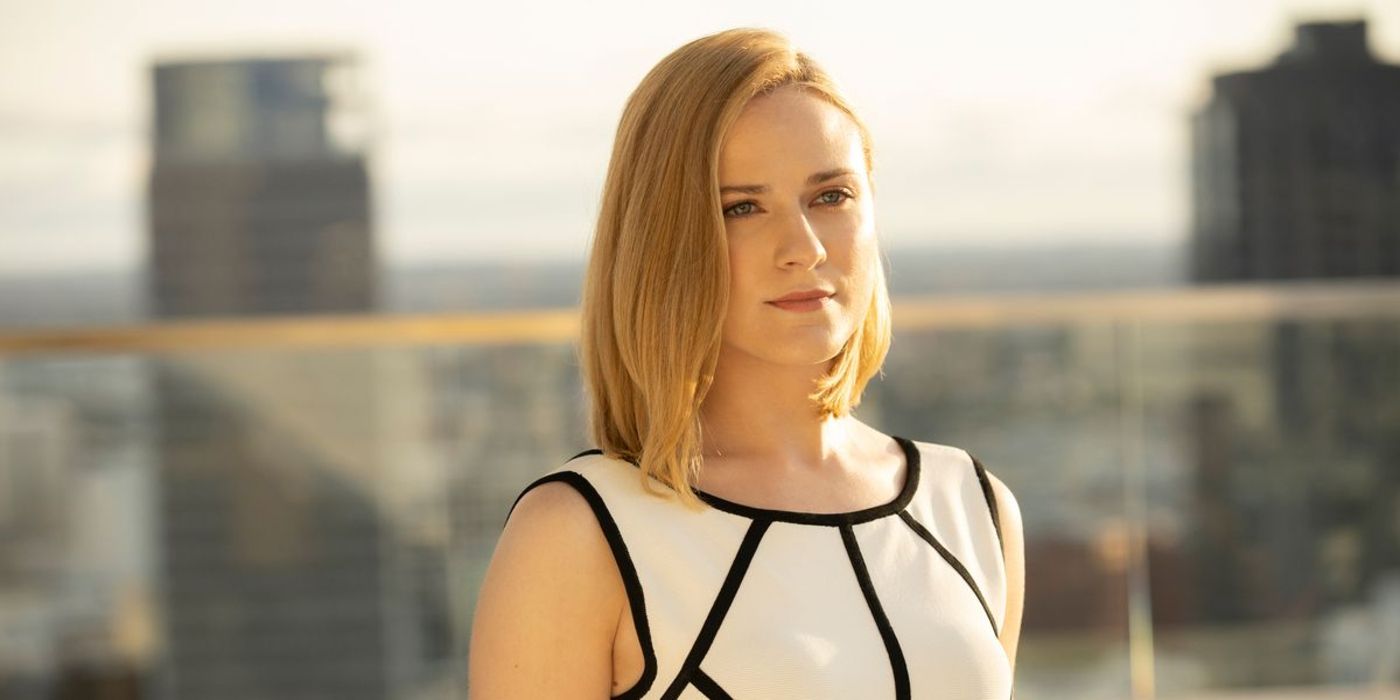
The show undoubtedly benefitted from a shorter run time than its usual ten-episode arc. It's a move that is becoming more and more popular in television production with seasons being shortened to only eight or even six episodes. It allows for both more budget to be given to each episode and less pressure to drag out a story to be longer than it needs to. With Westworld now set outside the park, the new locations need to be just as interesting as they previously were. The increased episodic special effects budget to help represent the cyber-punk future Earth was very welcome indeed.
9 Worse: Bernard
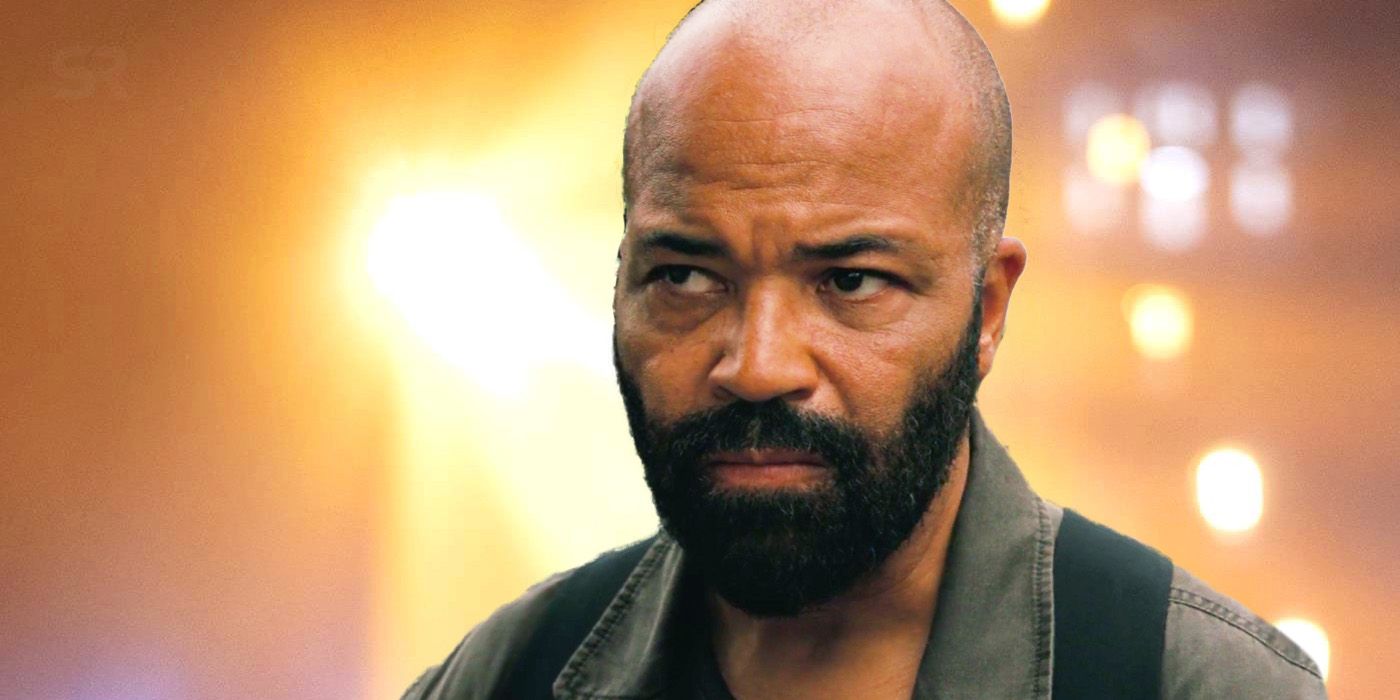
Among many main characters to be shortchanged this season, Bernard was perhaps the worst. Despite being so key to the previous seasons (his ability to be present in multiple timelines was what lent season two much of its structure) he is very firmly in the background this time.
While his relationship with Ashley was enjoyable enough, the two spend most of this season simply walking from place to place occasionally sharing some exposition. It's a disappointment, given the season began by exploring the two sides of Bernard's personality and could have been developed in a Jekyll/Hyde relationship. Unfortunately, this didn't happen, at least, not yet.
8 Better: Giant Robots
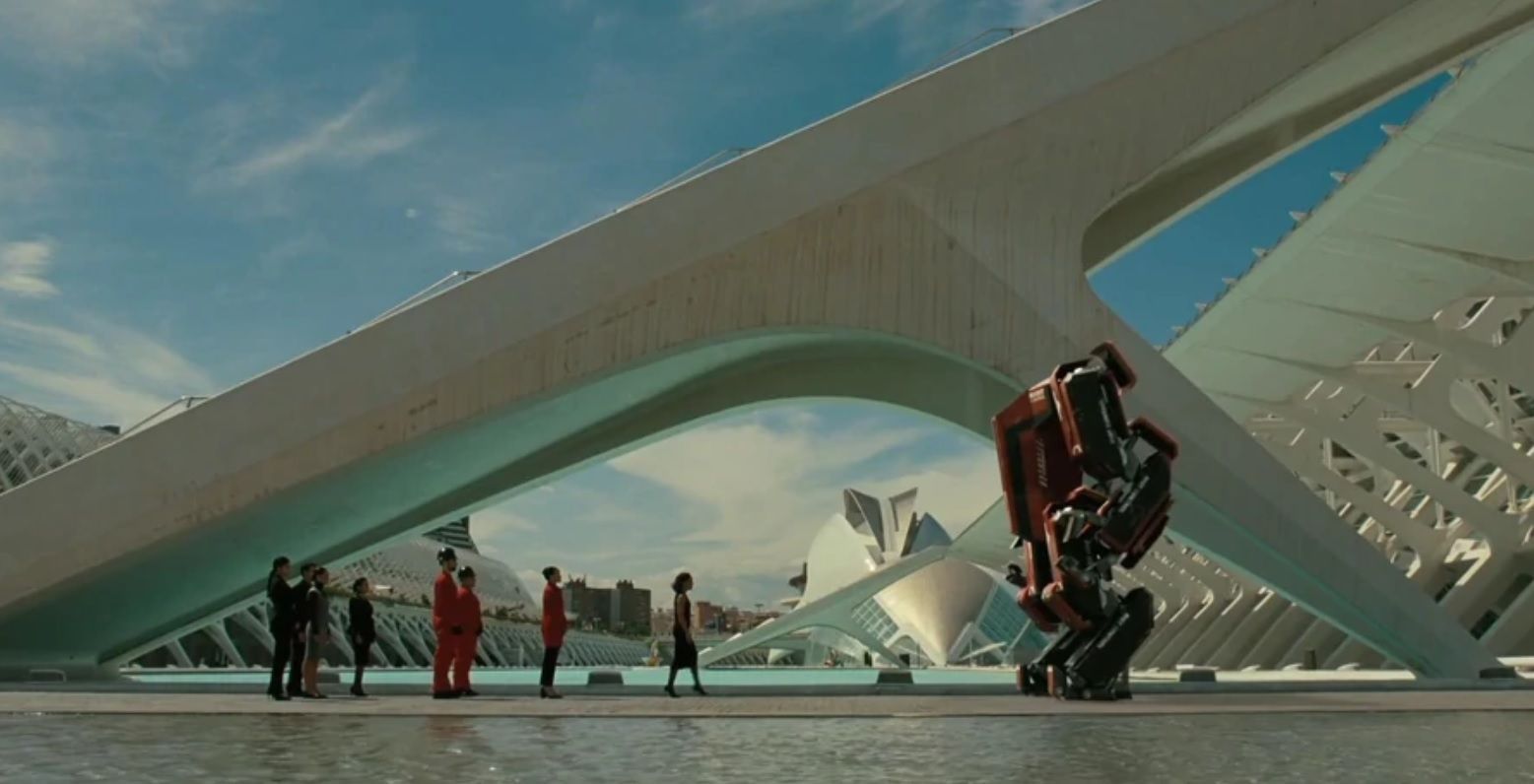
While Westworld's hosts are fascinating subjects in themselves they, for the most part, behave and function in much the same way that humans do. Being set in the wider world meant seeing many more different types of robots. It seems to be a fact of the universe that giant robots are just fundamentally cool. The presence of giant robots, designed to stop rioters, led to many action-packed and highly enjoyable sequences. True, they had no nuance or subtlety, but they could smash right through walls in ways that the hosts could only dream of. Given it's likely season four will stay in this world, there will probably be plenty more of these robots to come.
7 Worse: Man In Black
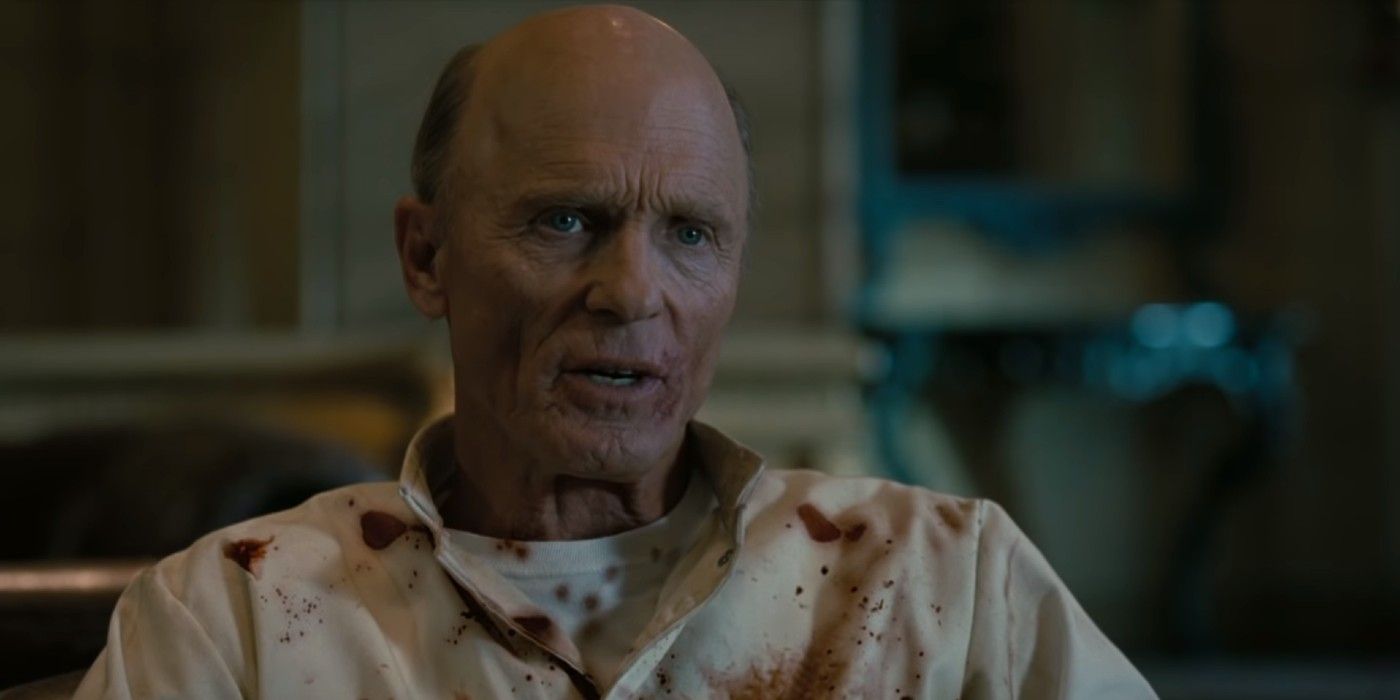
Ed Harris' man in black character, William, was another major player who got somewhat sidelined this season. After being introduced as a clear villain in season one his character only got more and more complex as the show progressed. He was also the main link to the outside world; his backstory revealing much about life outside the park.
With the setting changed that link is, understandably, severed. And yet, with the exception of one scene, his character had very little to do this season and it seemed that the writers had somewhat lost their way with him; killing him off in the post-credits scene seemed like a strange choice given he had little else to do.
6 Better: Weaponry
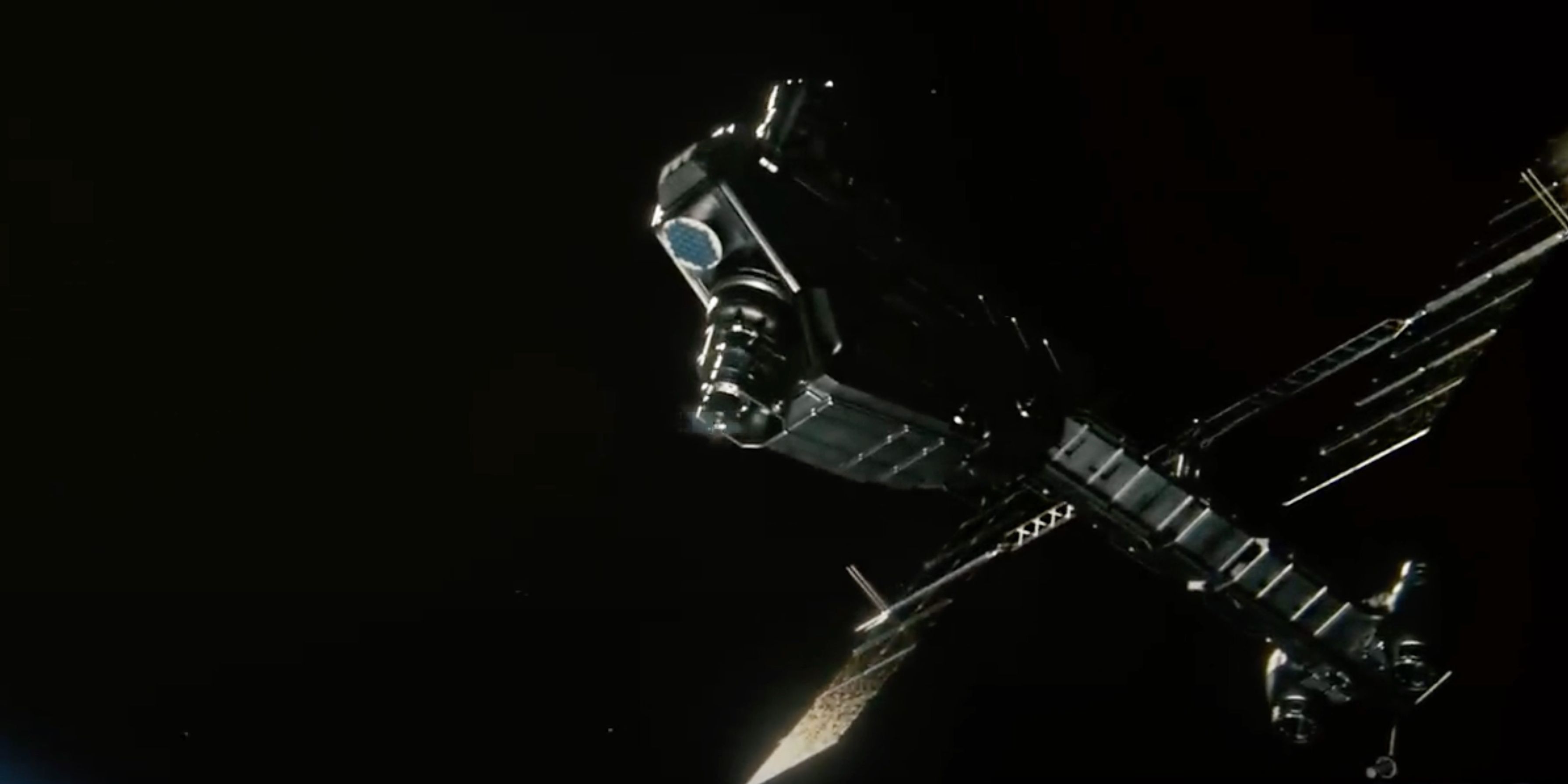
Westworld has always been a fairly violent show, and yet it's clear that even from season two the creators were trying to find new ways to keep the action exciting. The introduction of Samurai World was a welcome change from the Wild West setting. However, season three may have seen the writers at their most creative. Now set in the real world, the show can afford to be much more imaginative with its action sequences and none more so than with its weapon design. From a sniper rifle/drone combo to a space-bound missile launcher this season managed to deliver violence that was both innovatively tense and added to the overall world-building.
5 Worse: Poor Supporting Characters
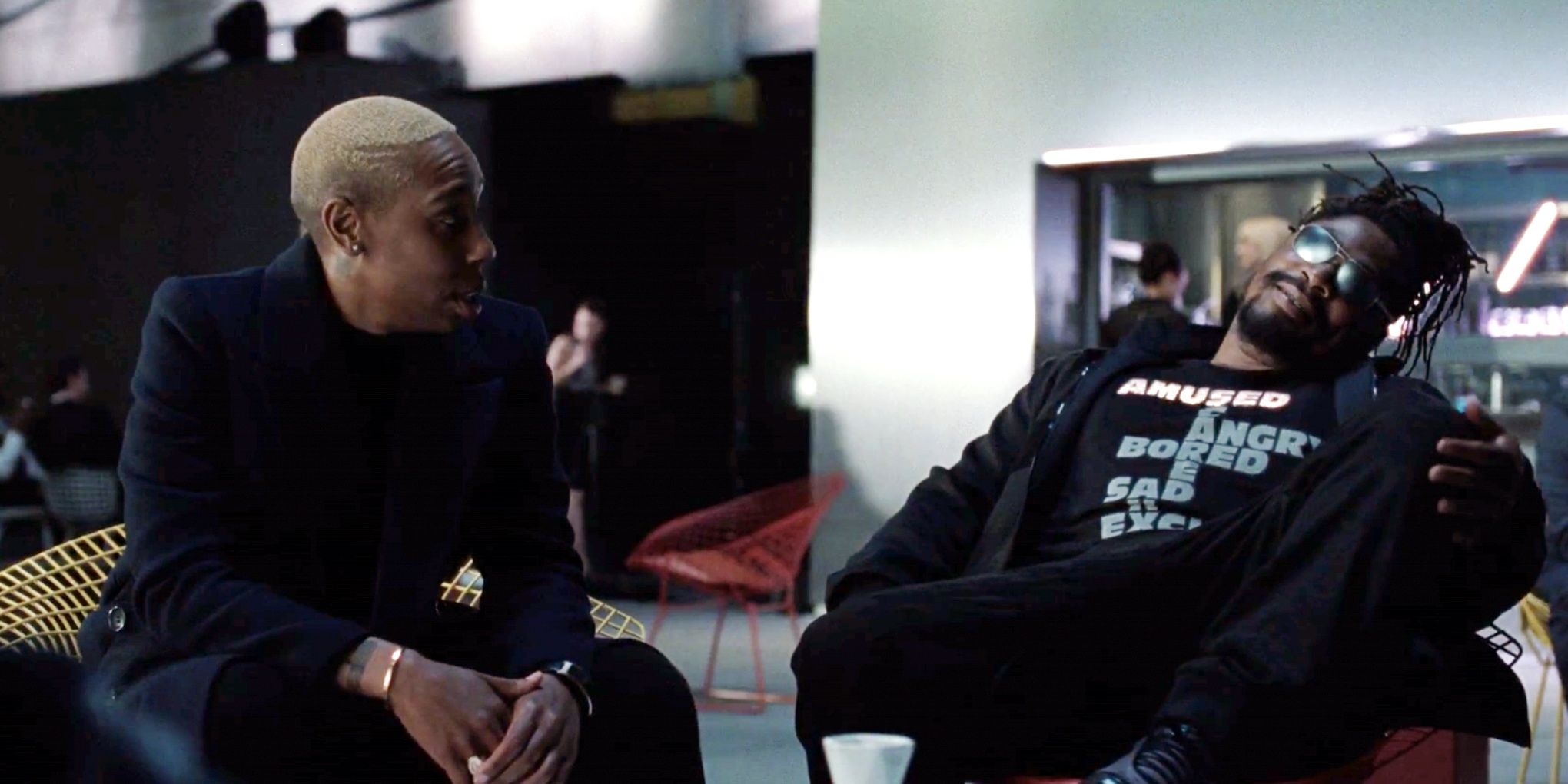
Westworld has always been a show that's had a huge amount of supporting players. Particularly in its first two seasons, with so many different storylines running parallel to each other, the show has had a huge amount of smaller, but well-developed characters, which fleshed the various stories out. From workers in the park to the security and management, to the villagers within Westworld and beyond, nearly every main character has a small entourage following them. With the exception of Caleb and Serac this season introduces very few new characters, making everything feel a little smaller. Even those they introduce, like the double-team of Lena Waithe and Marshawn Lynch, were interesting but had very little to do.
4 Better: Caleb
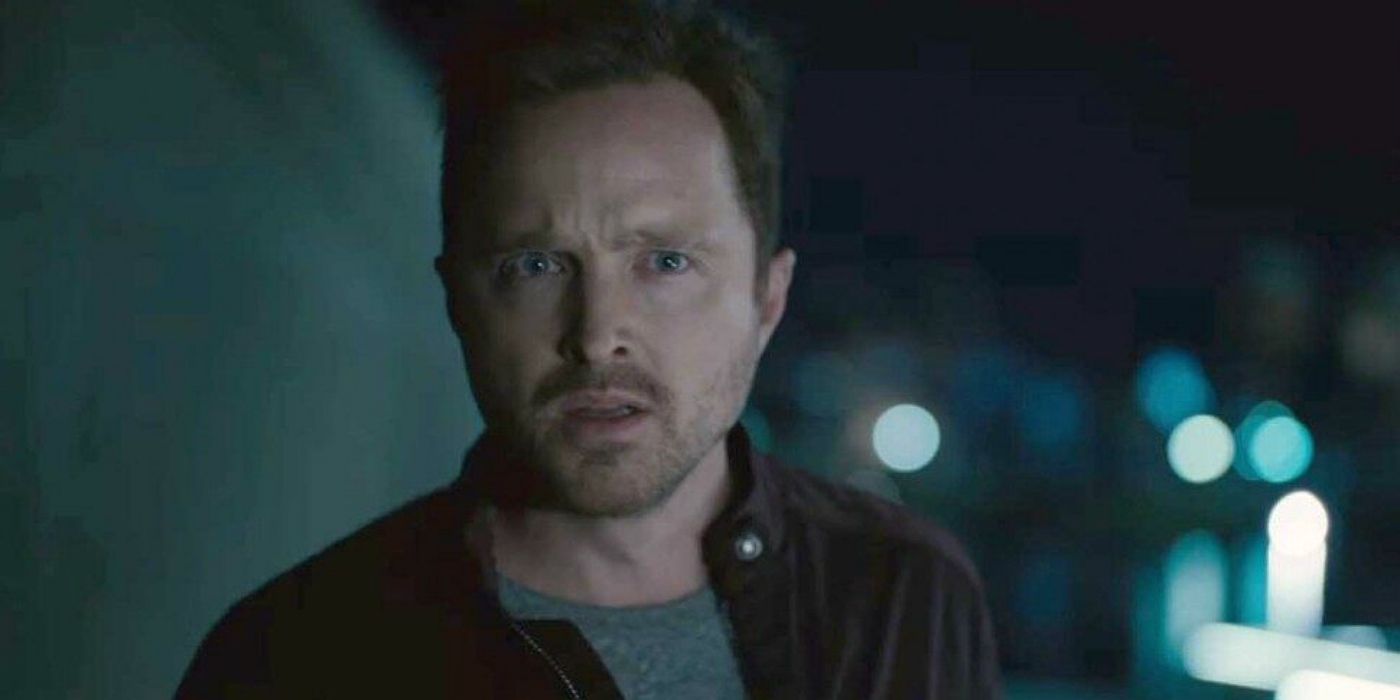
Aaron Paul as Caleb was one of this season's highlights. In many ways, he works as a replacement for Teddy as Dolores' right-hand man, but with a far more interesting character arc. As an ex-soldier turned construction worker, Caleb is one of the first highly sympathetic human characters in the season.
Not only is it good to have an important character who is, naturally, under more threat by the simple virtue of not being a robot... but the revelation that his life is controlled entirely by an algorithm was one of the most fascinating new elements introduced to the show. Season four seems to promise more from him, which can only be a good thing.
3 Worse: Smaller Story
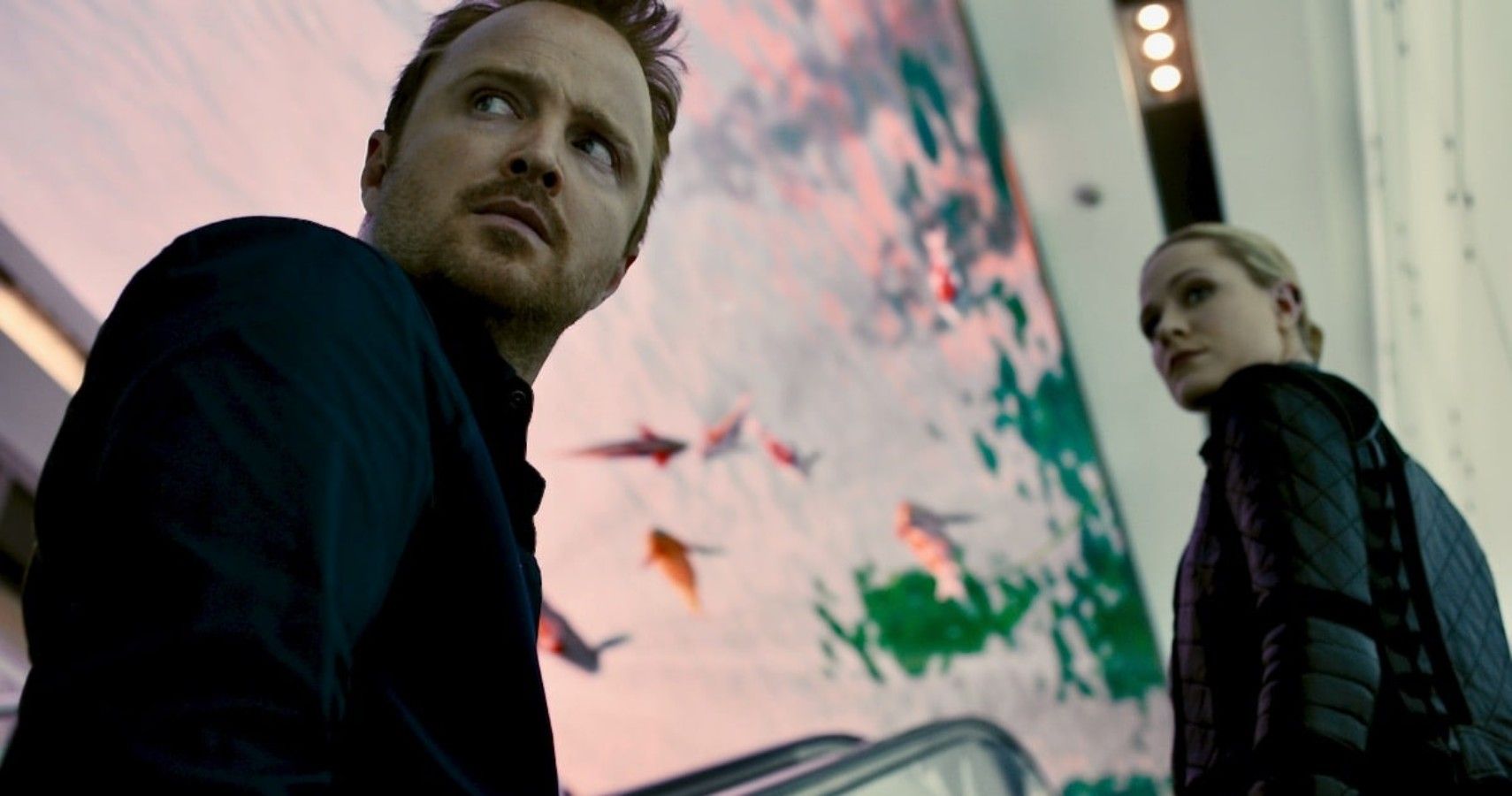
Westworld, arguably, became as popular as it did because of its ability to tell an expansive and complex storyline. Usually, this would culminate in one massive episode, either with a twist reveal (like various timelines converging) or with an action-packed climax. Season three is certainly missing that one big episode and follows a much simpler linear structure. By the time season four comes around it will probably be more obvious that this season had to work as a period of transition from one story to another. For the time being, however, the audience have to deal with a less mind-bending storyline than they've grown accustomed to.
2 Better: Clear Villain
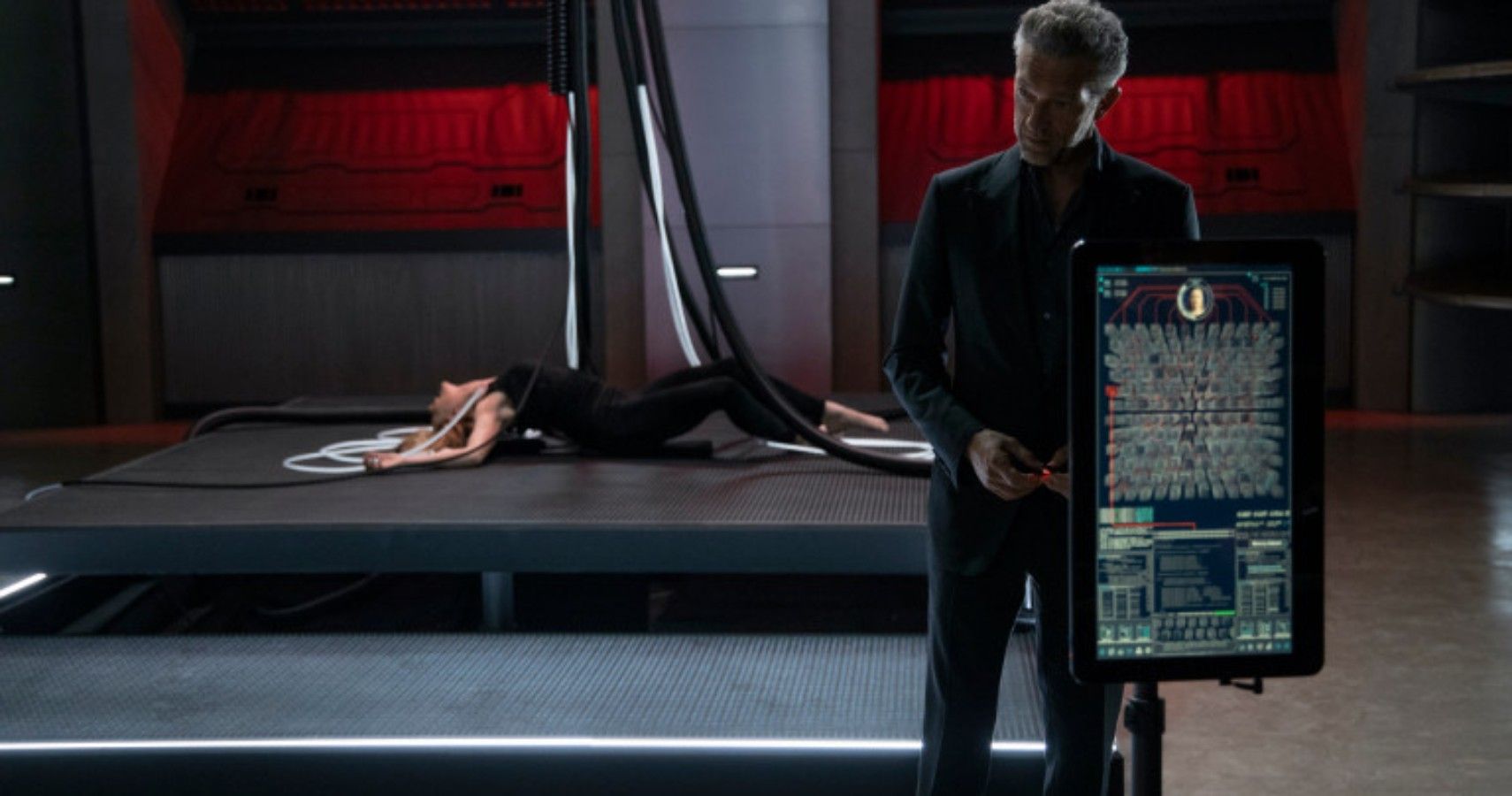
The previous two seasons very much enjoyed having characters operate within ambiguous moral territory. It meant that characters could behave in certain ways and still gain support and sympathy from the audience. By the end of season two, however, the story had grown so large and the moral alignments so vague that it was easy to be supportive of nearly every player on the show. Now that the hosts have moved into the real world, it was a good idea to start clearly drawing the lines of good and evil. The presence of Serac as a clear villain (someone who believes that controlling people's lives is good for them) manages to streamline the story and appropriately ramp up the stakes as it takes the audience into its fourth season.
1 Worse: Setting

For all that the depictions of the future Earth were interesting and allowed the production design to operate at it's most creative, there was undoubtedly a lack in the sense of fun. Episode two delivers on some of this, with a small adventure with Maeve in a WWII-themed park, but the rest of the show takes place in a fairly bland and recognizable environment. Again, this may come to be understood as necessary to take the story where it needed to go (there are some theories that the post-credit scene reveals that season four will have yet another new setting) but for the time being, the show that used to be full of cowboy robots, has to make do in a sub-Blade Runner world, largely set in corporate office buildings.
from ScreenRant - Feed https://ift.tt/2MaRXiB





No comments: